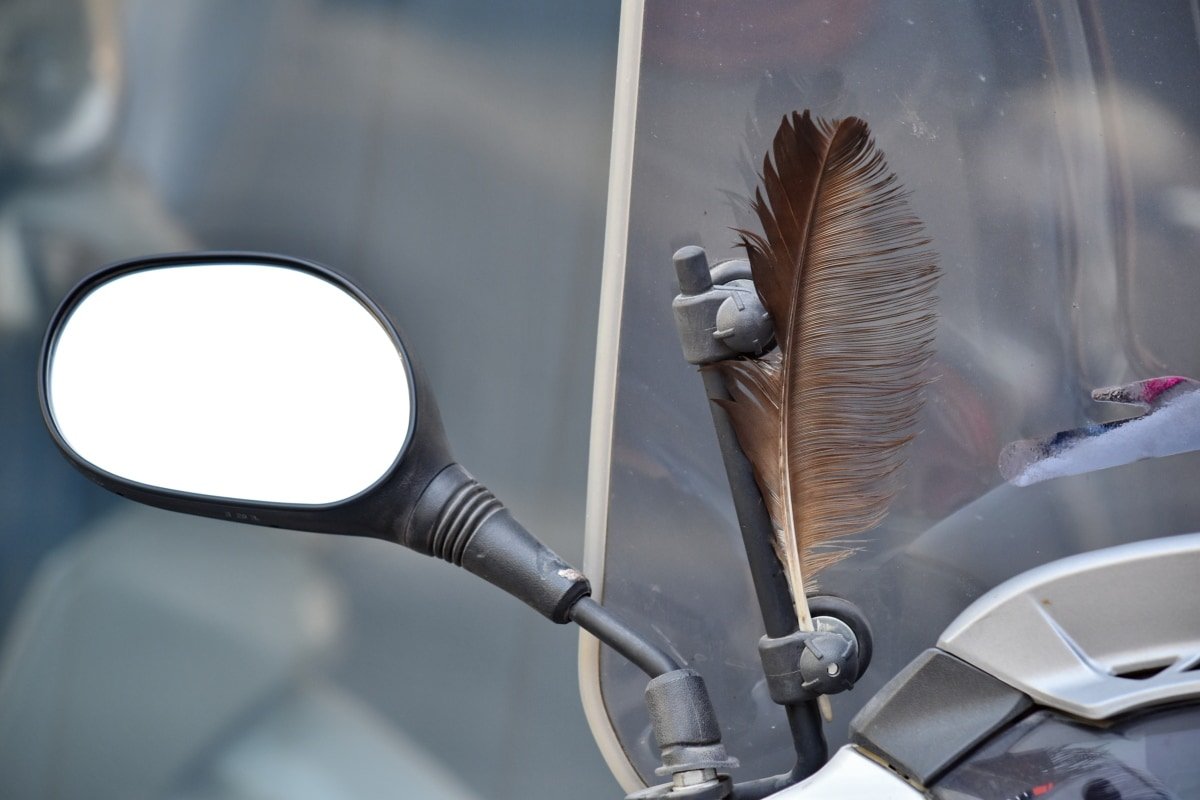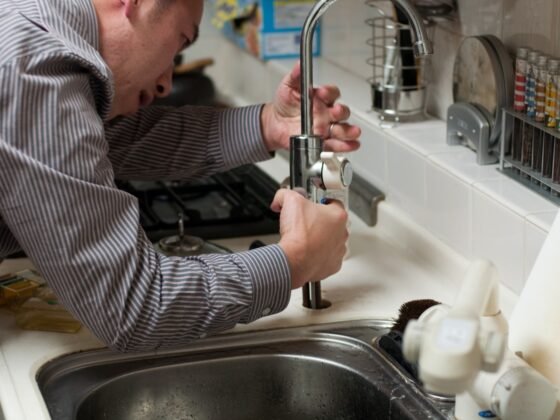Table of Contents Show
Most people don’t understand their vehicle’s windshield’s role in keeping passengers safe.
While the windshield’s primary function is to keep wind, rain, and debris from entering the passenger area, it also acts as a structural component during an accident.
That’s why replacing a damaged windshield is strongly recommended.

Damaged windshields also interfere with the driver’s vision, which is another safety hazard.
While some minor damage is considered repairable, significant damage means the windshield must be replaced.
Take Action When a Windshield Is Damaged
Whether the damage is a minor chip or the windshield is heavily damaged, ignoring the issue is not recommended.
Most insurance companies now pay for minor chip repairs without a deductible, so don’t let a minor chip turn into a crack that spreads across the windshield.
Get the chip repaired by a local glass shop. On the other hand, if the damage is already done and you’re looking for a new windshield, here are a few things to remember.
Not All Windshields Are the Same
While all windshields are similar, some differences dramatically impact the cost of the glass and its installation.
Replacing a windshield in an older vehicle is generally straightforward. The damaged glass is removed, and a new windshield is installed.
Some older vehicles had radio antennas embedded in the glass, but few other extras were available.
That means the replacement costs are relatively low for most older vehicles.
The cost of replacing an older windshield is generally between $400 and $600, depending on the make and model.
Of course, there are some exceptions when the design of the vehicle results in higher labor costs, but those exceptions are rare.
On the other hand, the windshield on a new car can easily cost over $1,000 to replace.
Those higher costs are due to the safety and convenience additions to the windshield.
Heads-up displays, advanced driver assistance systems (ADAS), and rain sensors are now common, and each of those elements adds to the costs when replacing a windshield. Instead of simply removing the old glass and installing a new windshield, glass repair companies must also take care of installing those accessory items.
In addition, ADAS systems require calibrating when a new windshield is installed.
That calibration alone can easily cost upwards of $300, which adds dramatically to the cost of a replacement.
Assess the Damage Before Ordering a New Windshield
As noted, some minor damage is repairable if it is not in the driver’s direct line of sight.
Small chips are virtually invisible when they’re correctly repaired, and even some small cracks can be repaired.
Vehicle owners who don’t have glass coverage often choose this option to avoid paying for a new windshield out of pocket. However, there are limits to what can be repaired.
Before deciding how to proceed, have a qualified glass technician examine the glass to determine what repair or replacement options should be considered.
The technician will examine the damage and explain what the impact of each possible repair option would be.
The important thing here is to listen carefully and ask questions before making any decisions.
Choosing the Best Windshield Option
Once the decision to replace the windshield is made, there are still some choices to make.
Virtually every newer vehicle, and many old ones, will have more than one windshield option to consider.
In most cases, the insurance company will pay to replace the glass with a direct replacement that includes the same features.
However, owners may opt to select a different option and pay any difference in the cost.
For example, if the original glass was tinted but didn’t include a shaded area at the top, the owner may opt to upgrade to the slightly more expensive option that includes the shade.
However, newer vehicles with ADAS or a heads-up display won’t usually have any choice, as their new windshield must include the same features as the original one.
Again, take the time to discuss any options with the glass company representative before deciding how to proceed with the repair.
Many vehicle owners expect repair shops to install OEM windshields that come directly from the vehicle manufacturer.
However, the insurance company may not pay the difference between the more expensive OEM option and glass from an aftermarket supplier.
Remember that most glass comes from only a few glass producers, which means the same glass producer may supply both the manufacturer and the aftermarket source, so there usually is no loss of quality when using an aftermarket supplier.
If the glass company trusts its supplier to deliver quality products and stands behind them, there should be no problem with using aftermarket glass.
Use Professionals to Install the Glass
Most people don’t realize how complicated installing modern windshields is.
In the past, automobile glass was held in place with a rubber gasket, and some people even opted to install the glass themselves to save money.
That’s no longer practical, as the windshield on newer vehicles is held in place using special adhesives.
Even removing a damaged windshield is now tricky and requires specialized tools.
Installing the new glass also requires specialized skills to ensure the glass is fitted correctly and does not leak or create wind noises.
Installers generally undergo a lengthy training process before working alone to replace a windshield to ensure installation issues are avoided.
Ask About Warranties
Glass installation experts generally offer a warranty that covers the labor involved when installing windshields.
Before working with a glass company, ask about their warranties and whether the glass provider offers a guarantee.
While most windshield installations go smoothly, there is always a chance that a problem will develop. Leaks are the most common issue, but they’re pretty rare.
Installers now use specialized testing equipment to check for air leaks after the windshield is installed.
However, the sealant can fail if it’s not allowed to cure correctly.
For the best results, pay careful attention to the glass shop’s care instructions when picking up a vehicle after the new glass is installed.










